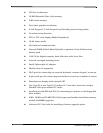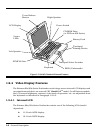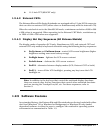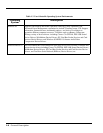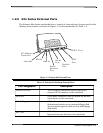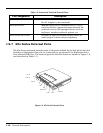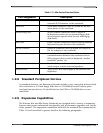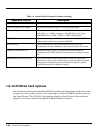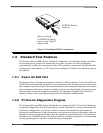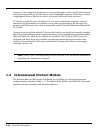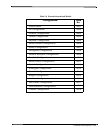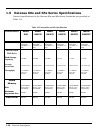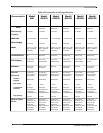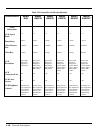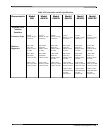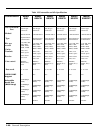
General Description 1-13
Figure 1-5 Installing PCMCIA Card Options
1.3 Standard Test Features
The Extensa 60x and 65x Series Notebook Computers use modular design and built-
in test features to reduce the mean time to repair. A power on self test program
automatically verifies the operational state of the primary circuits and a powerful suite
of diagnostic tests (known as PC-Doctor) are available to further test selected parts of
the system.
1.3.1 Power On Self Test
The Extensa line of notebook computers contain a BIOS-resident, Power On Self Test
(POST) that automatically performs a test of memory and all major circuits each time
the computer is powered up. In the event of a failure, the computer displays a descriptive
error message and issues a series of coded beeps (in case the display subsystem is not
functioning). If self test completes normally, the computer displays the amount of
memory tested, loads the Operating System and Windows environment.
1.3.2 PC-Doctor Diagnostics Program
The Extensa 60x and 65x Series Notebooks are shipped with PC-Doctor for Windows,
a powerful diagnostics tool that can help you scan a system for viruses, determine the
hardware configuration of a local or remote system, benchmark its performance,
analyze the performance of all subsystems, and perform a suite of interactive and non-
interactive tests on attached devices (such as printers, joystick devices, VGA monitors,
SCSI devices, CD-ROM drives). The test results are stored in a log which can be printed
out (by pressing F2) or saved in a disk file (by pressing F3).
One or two Type
I/ II PCMCIA Option
Cards or one Type III
Option Card
PCMCIA Release
Buttons



